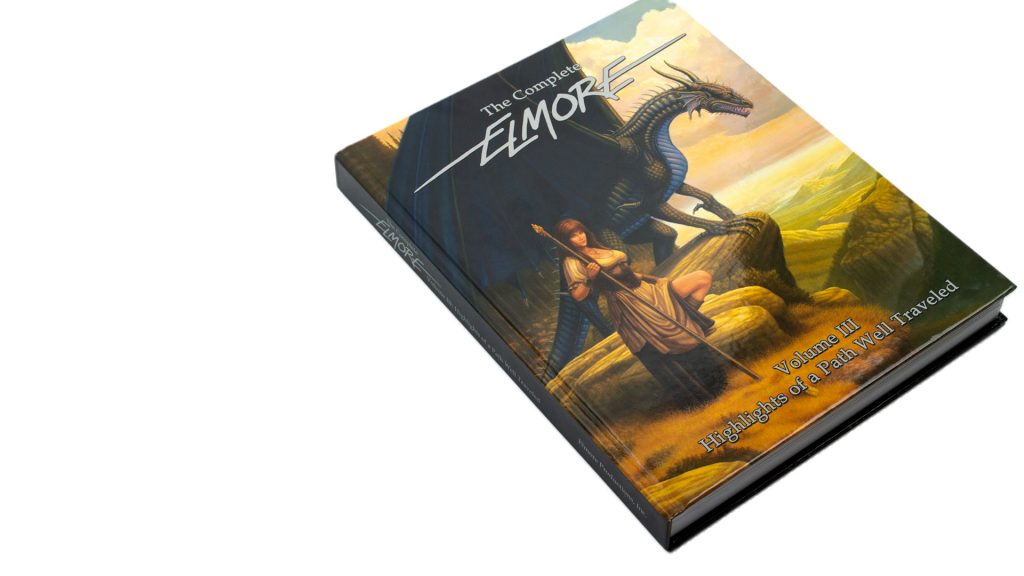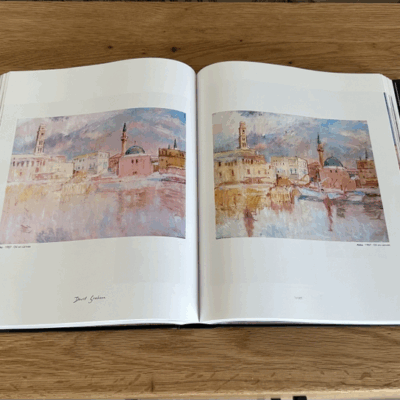Expert Advice for Designing Your art book Layout
Expert Advice for Designing Your art book Layout
Blog Article
Understanding the Refine Behind Premium Art Book Printing for Art Enthusiasts
When it comes to high-quality art book printing, understanding the intricacies of the procedure can boost your appreciation for the last product. You might not understand how important paper option and ink selections are to the vibrancy of artwork. Each component plays a substantial duty in achieving the wanted effect. As you explore the different elements of art book printing, you'll reveal insights that can transform your viewpoint on art preservation and discussion.
The Importance of Paper Option in Art Book Printing
When it concerns art book printing, the choice of paper can make or damage the end product. You desire your art work to shine, and the appropriate paper improves color vibrancy and detail. Consider variables like weight, texture, and finish; these components significantly impact just how visitors regard your work.
For example, a much heavier supply conveys high quality and longevity, while a textured surface can add depth to pictures. Smooth paper is exceptional for comprehensive reproductions, enabling great lines and subtle shades to appear crisp.
Do not forget about the paper's illumination; a brighter sheet can assist shades pop, making your art much more attractive. You'll also intend to believe concerning just how the paper connects with inks and whether it can take care of the printing procedure without warping or bleed-through. Eventually, selecting the right paper sets the stage for your art, ensuring it captures the audience's attention simply as you pictured.
Picking the Right Inks for Dynamic Reproductions
Picking the ideal inks is equally as vital as selecting top quality paper to accomplish lively reproductions in your art book. When you're printing art work, you desire shades that pop and properly stand for the initial piece. Go with inks with a high pigment concentration; these have a tendency to generate richer and more saturated shades.
You may consider making use of archival inks, which withstand fading in time, guaranteeing your art book stays as striking as the day it was printed. If you're collaborating with photos or electronically developed art, pigment-based inks can provide a larger shade range, boosting information and deepness.
Don't forget regarding the finish! Matte and glossy inks can considerably change the appearance of your art work, so consider the appearance you're aiming to accomplish - art book. Ultimately, the appropriate ink choice complements your paper option, producing a spectacular visual experience for your viewers
The Duty of Shade Administration in Print Quality
Shade monitoring plays an essential role in achieving high print top quality for your art book. It assures that the shades you see on your screen translate precisely to the printed page. Without efficient shade management, your dynamic artworks might appear plain or altered, threatening your creative vision.
Next, make use of shade profiles tailored for your printer and paper kind. These accounts lead the printer in recreating shades accurately, decreasing discrepancies between electronic and published versions.
When you prepare your documents, consider using a shade area like Adobe RGB or CMYK, depending on your printer's specs. Always proof your job, as well; a test print can disclose any prospective shade concerns prior to the last run. By focusing on color management, you protect the honesty of your art, guaranteeing your audience experiences it as you intended.

Understanding Various Binding Methods
Achieving the best seek your art book surpasses shade monitoring; binding techniques also play a considerable role in its overall presentation and resilience. You have several alternatives to review, each with its own one-of-a-kind features.
If you're aiming for a specialist feel, case binding provides a tough option with a hard cover, ideal for showcasing your artwork. On the various other hand, perfect binding gives a flexible back while maintaining costs down, making it a popular option for softcover publications.
Spiral binding allows your art book to lay flat, which is terrific for presenting pictures without blockage. Saddle stitching is optimal for smaller booklets, offering a tidy finish without the mass.
Eventually, the binding technique you pick must show your imaginative vision and just how you want readers to engage with your job. Ensure to consider these options very carefully to achieve the very best outcome for your project.
The Effect of Print Dimension and Format on Presentation
While the selection of print size and layout might seem secondary to content, they greatly influence just how your art work is perceived. The measurements of your prints can either improve or diminish the influence of your pieces. Bigger prints can attract customers in, allowing them to value complex information, while smaller sized layouts could call for even more intimate involvement.

Preservation Methods for Long-lasting Art Books
To guarantee your art books stand the test of time, it's necessary to execute reliable conservation strategies. Start by storing them in a trendy, completely dry atmosphere, away from straight sunshine and moisture. This stops fading and bending, keeping your pages undamaged. Use acid-free storage boxes or safety sleeves to shield them from dust and physical damages.
When managing your publications, constantly clean your hands or wear cotton handwear covers to stay clear of oils and dirt moving onto the web pages. Stay clear of flexing or creasing the spinal columns; instead, use book sustains when displaying them.
For included protection, consider purchasing archival-quality products for any fixings or improvements. Frequently examine your collection for signs of wear or damage, resolving concerns promptly. By following these simple methods, you can assure your art books remain vibrant and accessible for several years to come, protecting their elegance and worth for future generations.
Teaming up With Printers for Optimum Outcomes
When you're prepared to print your art book, selecting the right printer is necessary to achieving your vision. Clear interaction concerning your expectations and requirements will certainly assist ensure that both you and the printer are on the exact same web page. Allow's explore just how to make this collaboration as seamless and reliable as possible.
Picking the Right Printer

Effective Communication Approaches
Effective interaction is necessary for transforming your art book vision into reality, especially when working together with printers. art book. Begin by plainly outlining your job's objectives, consisting of layout aspects, preferred products, and any type of specific printing techniques. Don't think twice to share your inspirations and references; this assists the printer recognize your visual
Establish up routine check-ins to go over progress and address any type of questions. Use visuals, like mock-ups or examples, to share your ideas more efficiently. Be open to feedback, as printers frequently have important insights that can enhance your task. Finally, preserve a favorable partnership by being respectful and satisfied of their competence. This cooperation will certainly guarantee that your art book satisfies your assumptions and radiates in its final kind.
Often Asked Inquiries
What Are Common Mistakes to Avoid in Art Book Printing?
When publishing your art book, prevent usual blunders like inadequate resolution photos, inaccurate shade profiles, and ignoring page design. Do not fail to remember to check and verify details to confirm your final item fulfills your expectations.
Exactly How Does Digital Printing Differ From Traditional Printing Methods?
Digital printing utilizes electronic data to produce prints straight, allowing for quicker turn-around and customization. In contrast, standard approaches include physical plates, which can be lengthy and much less versatile for small runs or distinct layouts.
What Is the Common Turnaround Time for Art Book Printing?
The common turnaround time for art book printing varies, my sources however you can expect it to take anywhere from a couple of weeks to several months. Aspects like intricacy, amount, and printing technique all influence this timeline.
Can I Print a Limited Version Art Book Financially?
You can publish a restricted edition art book economically by selecting economical materials, optimizing print runs, and using digital printing options. Cautious planning and budgeting will certainly aid you accomplish quality without spending beyond your means.
What Are the Environmental Considerations in Art Book Printing?
When taking into consideration art book printing, you must consider eco-friendly materials, lasting inks, and energy-efficient processes (art book). Selecting local printers can also minimize your carbon impact, making your job both beautiful and environmentally liable
Report this page